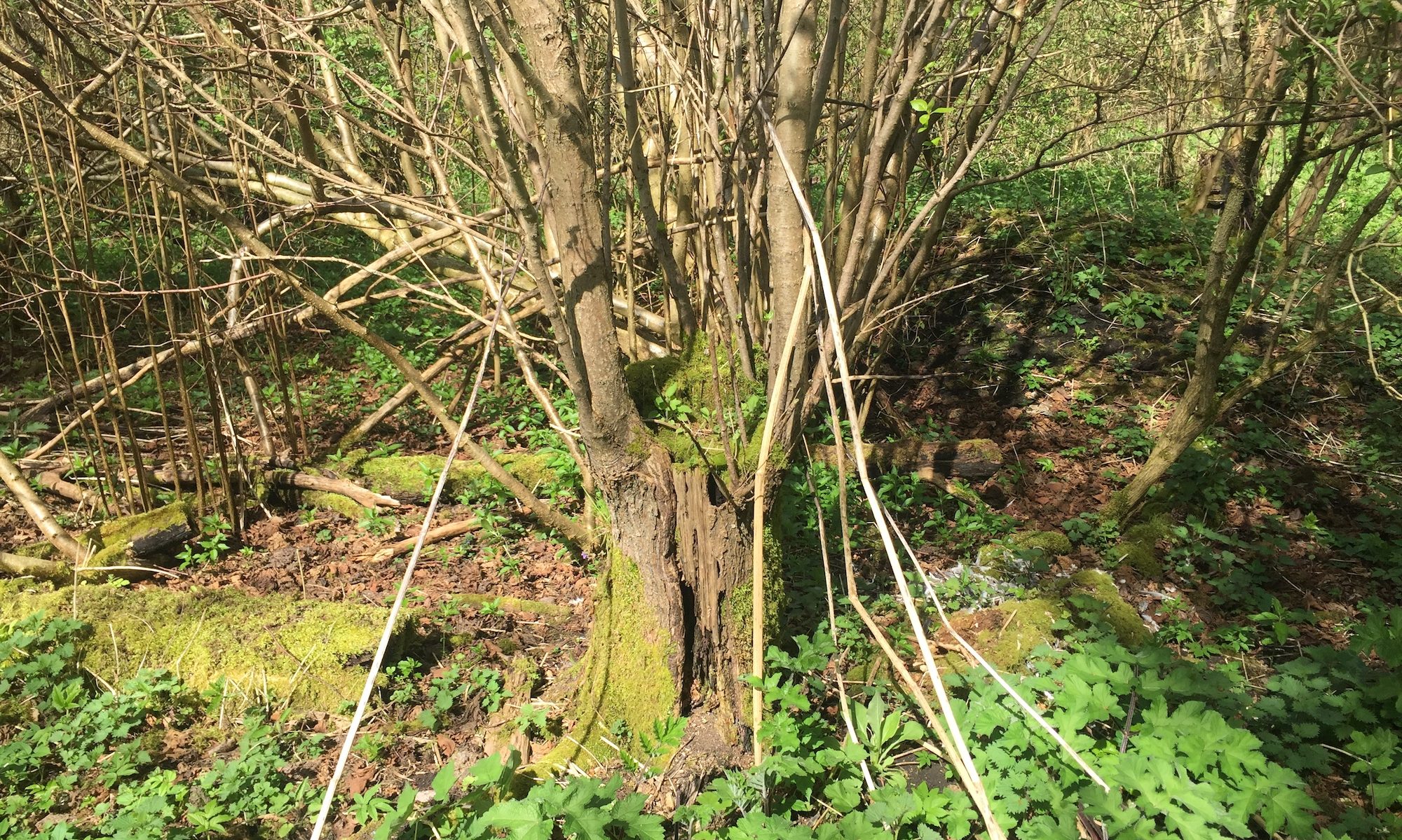After a morning spent at Allan Bank by Grasmere, I spent an afternoon at the Forestry Commission’s Dodd Wood and Whinlatter Forest Park sites either side of Bassenthwaite Lake. Again I was mainly looking for red squirrels, but didn’t have as much success as at Allan Bank.
Dodd Wood is a smaller site and is notable for having osprey viewing platforms manned by volunteers in the summer. It’s possible to see down to the osprey nest and watch the adults swooping down to pluck fish from the lake. Red squirrel feeders are also visible from the viewing station, but I didn’t see any signs of feed when I visited.
However I did get some blurry pictures of squirrels scampering around. Like at Allan Bank, they seemed to be spending as much time on the ground as up trees. Even when aware of me and heading off, they didn’t take the opportunity to climb the nearest tree and then move around in the canopy.
One of the proposed reasons why red squirrels are helped by the presence of pine martens, is that grey squirrels spend more time on the ground than reds and so get preferentially eaten by pine martens, letting the reds recolonise the area. Perhaps the scent of pine martens prompts reds to keep off the ground more? Nuts tend to fall to the ground so if it is safe to come down from the trees then it might be worth having both behaviour patterns in their repertoire.
Whinlatter Forest Park is much larger and billed as England’s only true Mountain Forest. The staff in the visitors’ centre were up front about the low chance of seeing reds as the site was quite busy. I headed off on the Seat How Summit Trail, and didn’t see any other walkers all afternoon – just a few mountain bikers. This trail gets up to 520m where the trees give out to heather and includes Seat How, a rocky outcrop with astonishing views across the forest and over to the mountains and Derwentwater. It feels like an island in a sea of trees. These two photos give you a hint of all that.
As a working forest some areas were entirely closed off for felling. You can see evidence of clear felling in the left hand picture above. Some of the other forest roads had warning signs – particularly about the danger of climbing stacks of logs. Quite a sobering thought.
Despite the lack of red squirrels, I did manage to see deer, and toadstools, and a sycamore beside a roadway at about 300m.
















